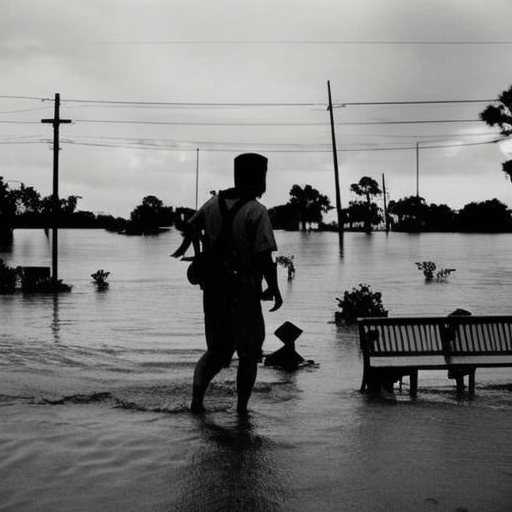Hurricane Isaac: A Powerful and Destructive Storm
Hurricane Isaac was a powerful and destructive storm that made landfall in the United States in August 2012. It was the ninth named storm and the fourth hurricane of the 2012 Atlantic hurricane season. Isaac caused significant damage and loss of life, particularly in the Gulf Coast region.
Formation and Path
Hurricane Isaac originated from a tropical wave that moved off the west coast of Africa on August 16, 2012. Over the following days, the system gradually organized and strengthened, becoming a tropical storm on August 21. As it moved across the Caribbean Sea, Isaac intensified and reached hurricane status on August 28. It then made landfall in southeastern Louisiana on August 29, exactly seven years after Hurricane Katrina devastated the same region.
Impact on the Gulf Coast
The Gulf Coast region bore the brunt of Hurricane Isaac’s impact. The storm brought heavy rainfall, strong winds, and storm surge, causing widespread flooding and significant damage. The coastal areas of Louisiana, Mississippi, and Alabama were particularly affected. The storm surge reached up to 15 feet in some areas, inundating low-lying communities and causing extensive coastal erosion.
Damage and Loss of Life
Hurricane Isaac caused an estimated $2.4 billion in damages. The storm resulted in the deaths of 41 people across the Caribbean and the United States. The majority of the fatalities occurred in Louisiana, where the storm made landfall. The high winds and flooding caused significant property damage, destroyed infrastructure, and disrupted essential services such as electricity and water supply.
Response and Recovery
In response to Hurricane Isaac, federal, state, and local authorities activated emergency response plans. Evacuation orders were issued for vulnerable areas, and shelters were opened to accommodate displaced residents. The Federal Emergency Management Agency (FEMA) provided assistance to affected communities, including temporary housing, financial aid, and support for debris removal and infrastructure repairs.
The recovery efforts following Hurricane Isaac were extensive and ongoing. The affected communities faced challenges in rebuilding homes, businesses, and critical infrastructure. Efforts were made to strengthen levees and improve flood protection systems to mitigate future storm impacts. The storm also highlighted the need for better disaster preparedness and response mechanisms.
Lessons Learned
Hurricane Isaac served as a reminder of the destructive power of hurricanes and the importance of preparedness. It underscored the need for robust infrastructure, effective evacuation plans, and early warning systems. The storm prompted discussions on improving flood protection measures, particularly in vulnerable coastal areas. It also highlighted the importance of community resilience and the role of individuals in preparing for and responding to natural disasters.
Conclusion
Hurricane Isaac was a powerful and destructive storm that caused significant damage and loss of life along the Gulf Coast. It served as a reminder of the ongoing threat posed by hurricanes and the need for effective preparedness and response measures. The recovery efforts following the storm highlighted the resilience and determination of the affected communities. The lessons learned from Hurricane Isaac continue to inform disaster management strategies and efforts to mitigate the impacts of future storms.












